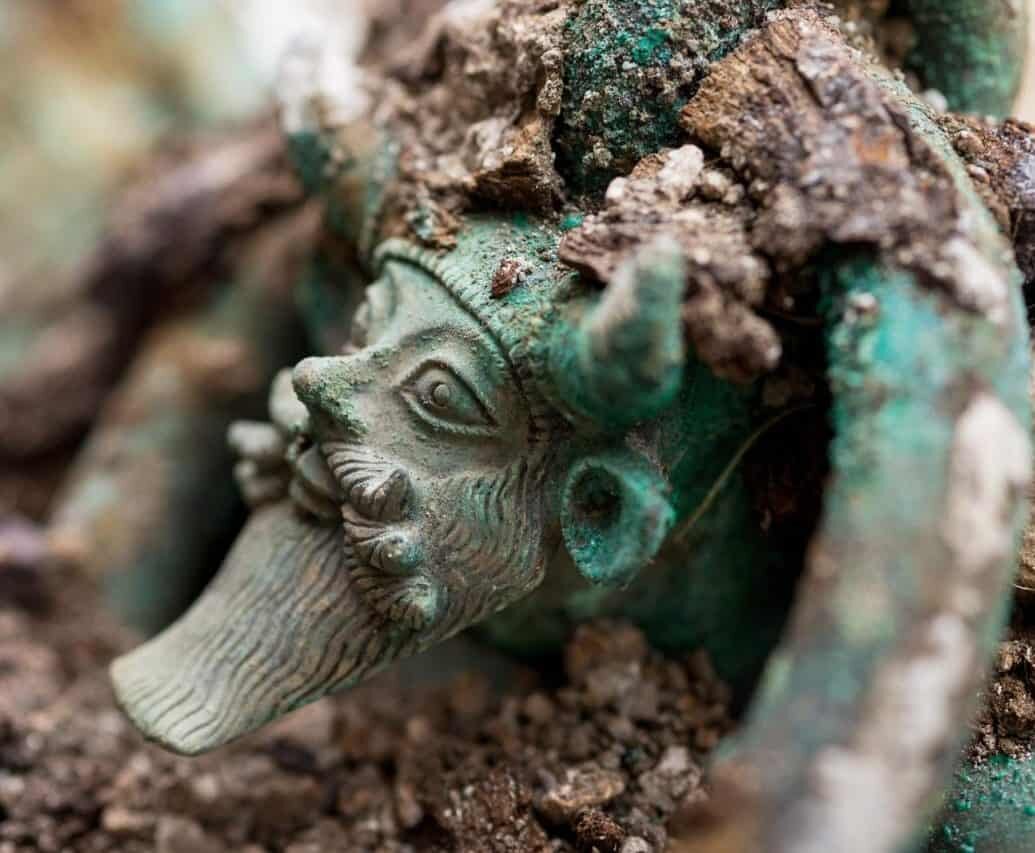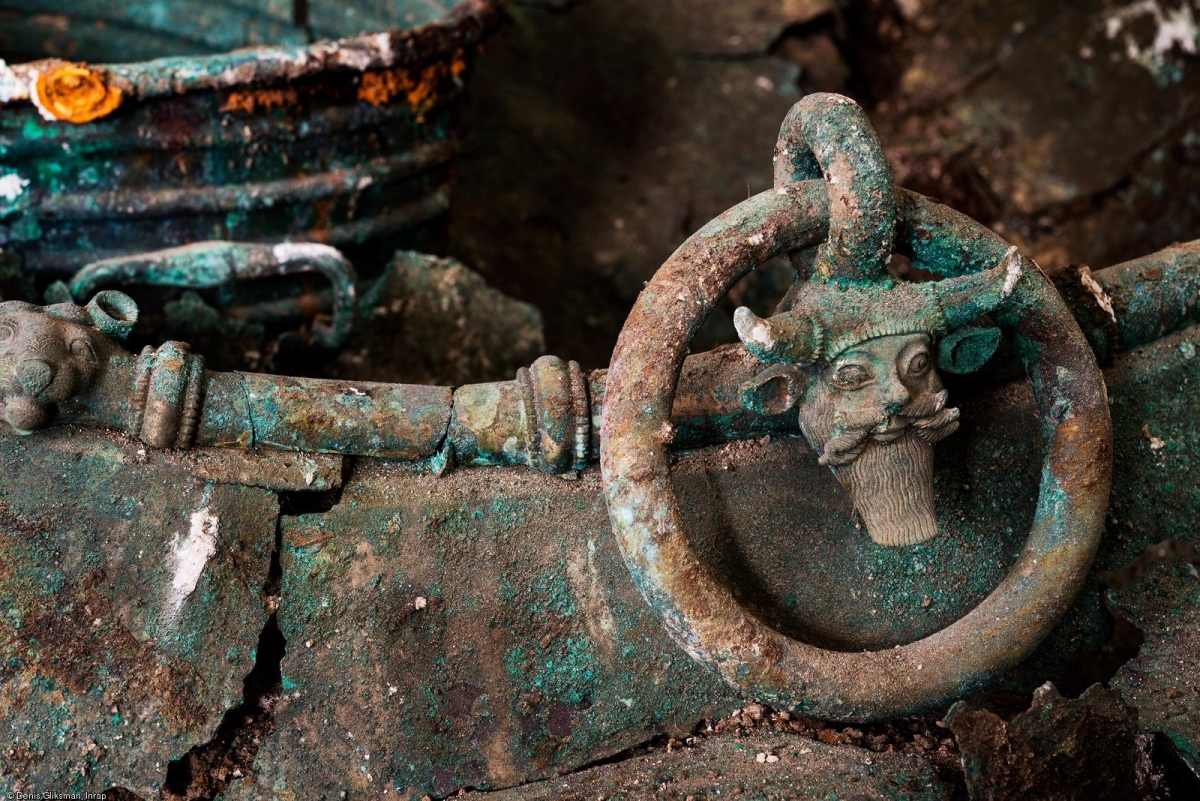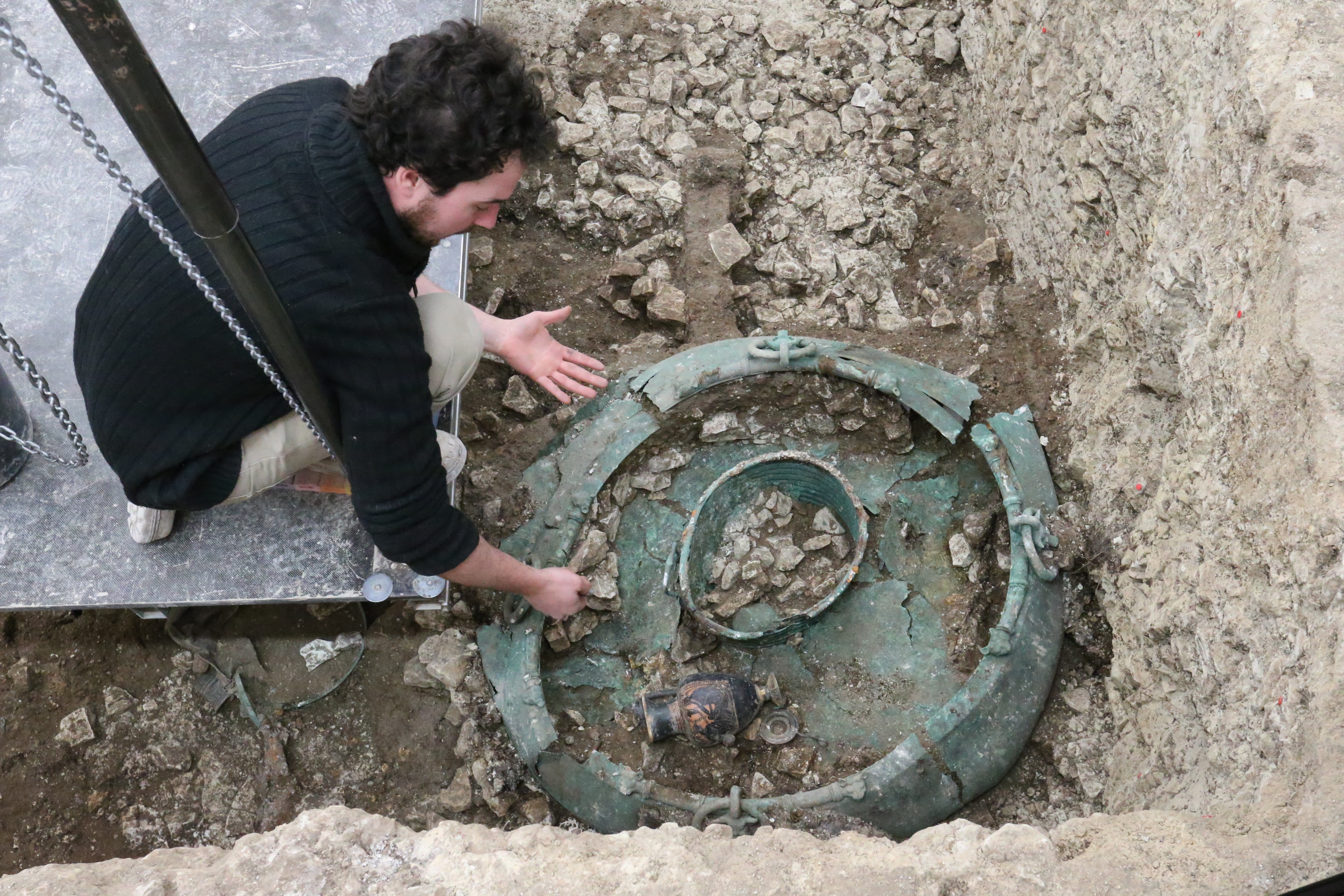Introduction
In 2015, a remarkable archaeological discovery was made in the Champagne region of France—an elaborately furnished tomb belonging to a Celtic prince dating back to the 5th century BC. This extraordinary find, located in Lavau, provides significant insights into the wealth, power, and cultural practices of the ancient Celtic elite.

The Discovery
Location and Context
The Lavau tomb was uncovered during construction work, prompting an extensive archaeological investigation. Despite the absence of inscriptions or written records identifying the prince, the opulence of the burial suggests that he was a figure of considerable importance within Celtic society.

Artefacts Unearthed
The burial site contained a wealth of incredible artifacts, offering a rare glimpse into the life and times of the Celtic elite:
- Chariot: The presence of a chariot in the tomb indicates the high status of the individual. Chariots were typically associated with nobility and played vital roles in both warfare and ceremonial activities.
- Bronze Cauldron: Among the remarkable finds was a unique 5-foot-wide bronze cauldron, intricately adorned with the head of the Greek river god Achelous. Featuring large, exaggerated horns, this cauldron is believed to have been imported from Greece or Etruria, suggesting its use in ceremonial feasts or rituals involving wine consumption—an important luxury among the Celts.
- Pottery: The burial included exquisite Greek and Etruscan pottery, highlighting the far-reaching trade connections the Celts maintained. These artifacts demonstrate the influence of Mediterranean cultures on Celtic society and underscore the importance of trade in their economy.
- Golden Torc: A golden torc, an iconic symbol of Celtic royalty, was also found. This piece of jewelry further emphasizes the princely status of the individual and reflects the artistic skills of Celtic craftsmen.

Conclusion
The Lavau tomb is a significant archaeological discovery that enhances our understanding of the Celtic world. It reinforces the idea that the Celts were sophisticated societies with complex social structures and extensive trade networks. The wealth and grandeur of the burial reveal the depth of their cultural practices and their interactions with neighboring civilizations. This extraordinary find continues to inspire research into the ancient Celtic heritage, shedding light on a fascinating chapter of early European history.

